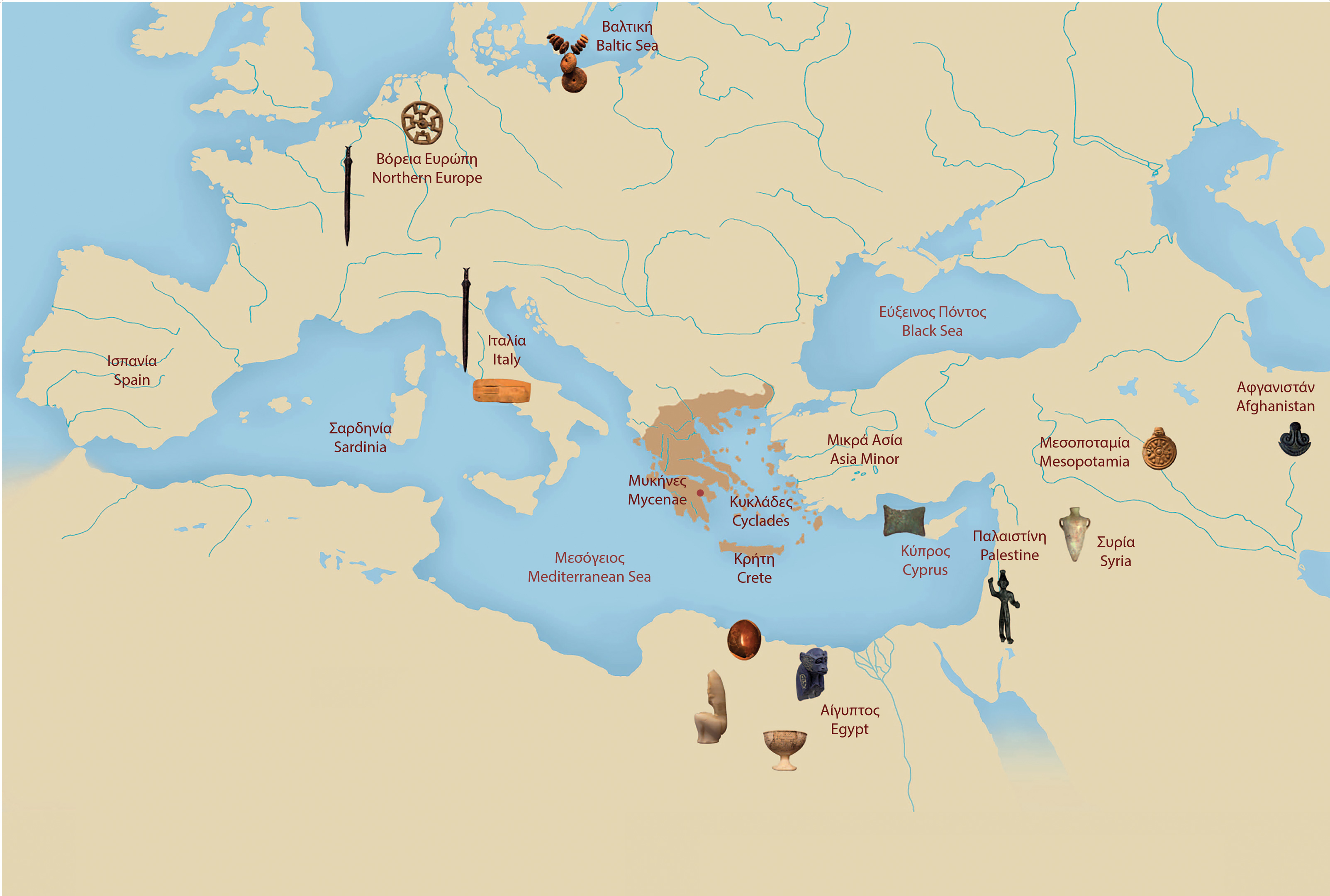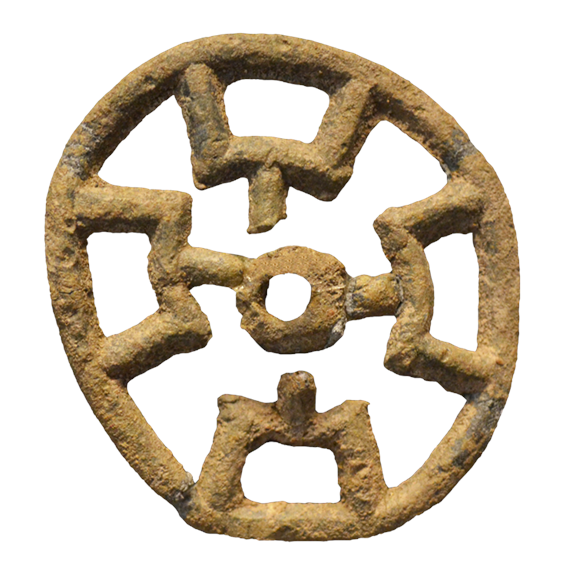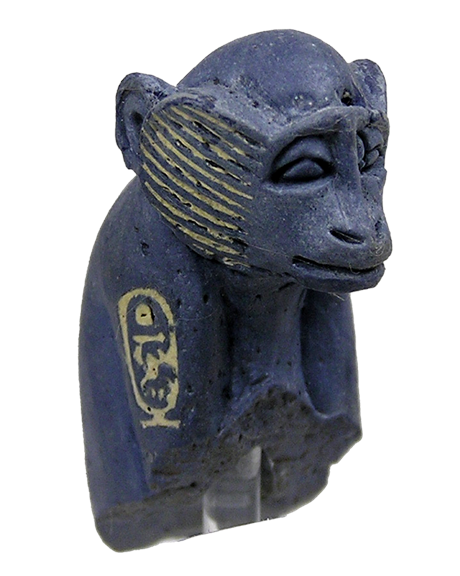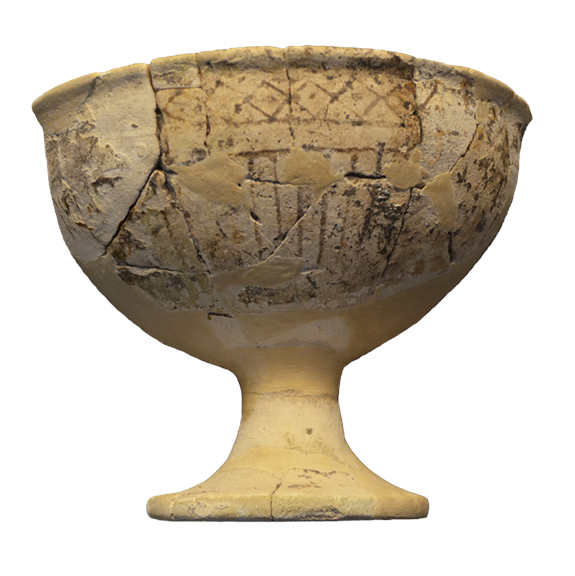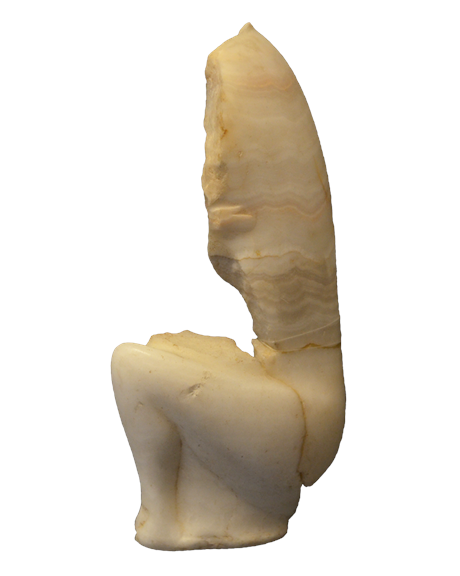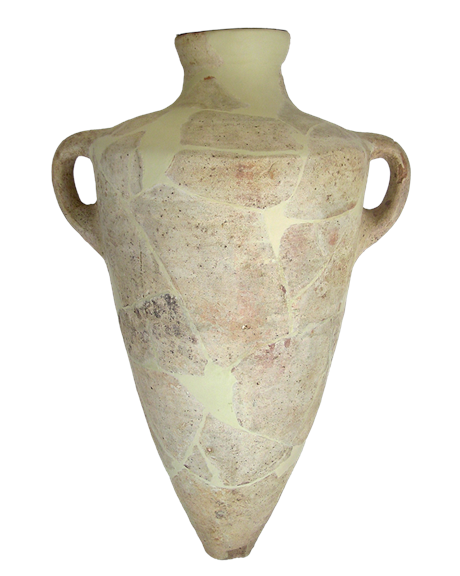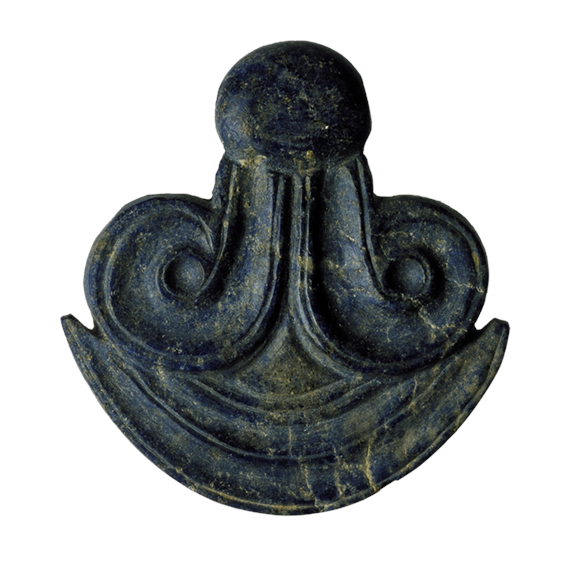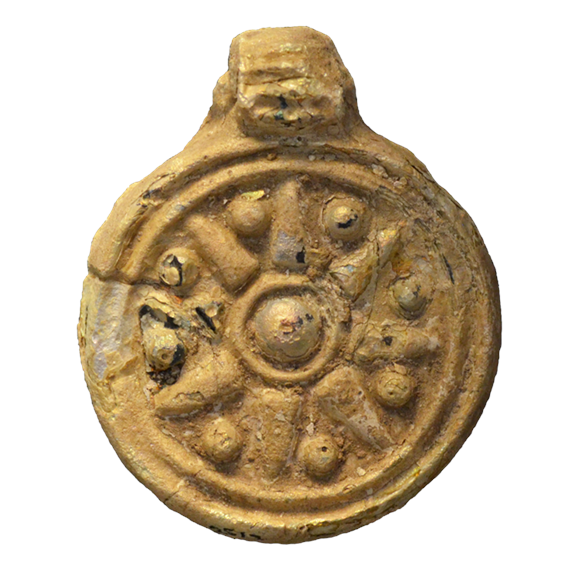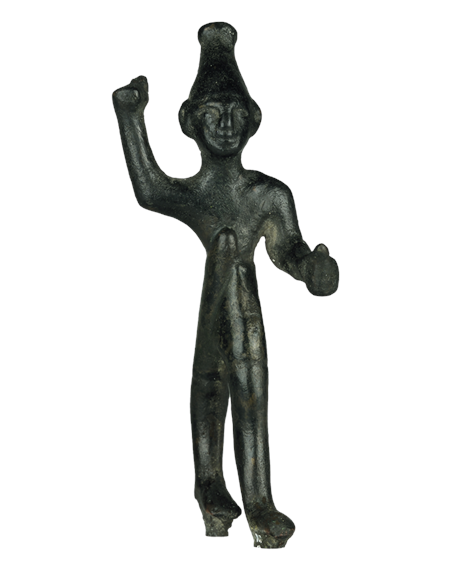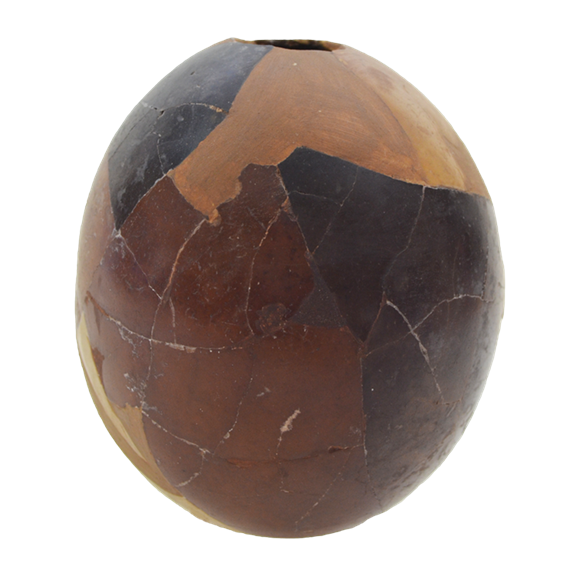Precious items from afar
Valuable raw materials and objects were imported across vast distances to Mycenaean palatial centres from the late Bronze Age, 1600– 1070 BCE.
The collection of the National Archaeological Museum in Athens includes treasures made from materials such as ivory, lapis lazuli, amber and alabaster that originated in northern and eastern Europe, Africa, Asia and beyond.
